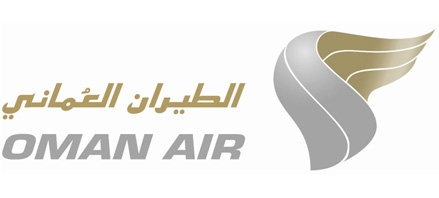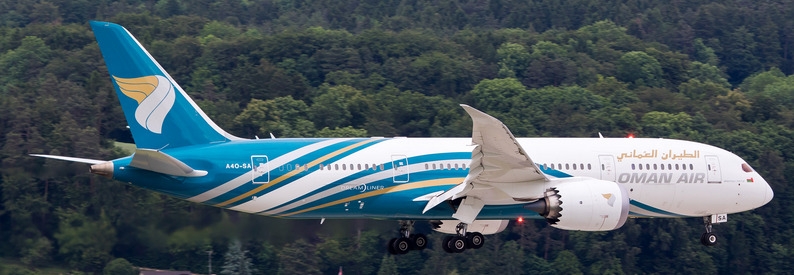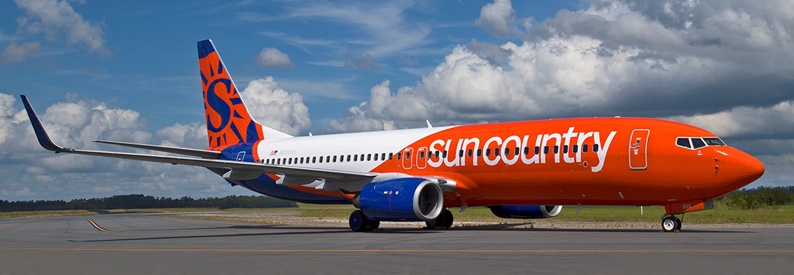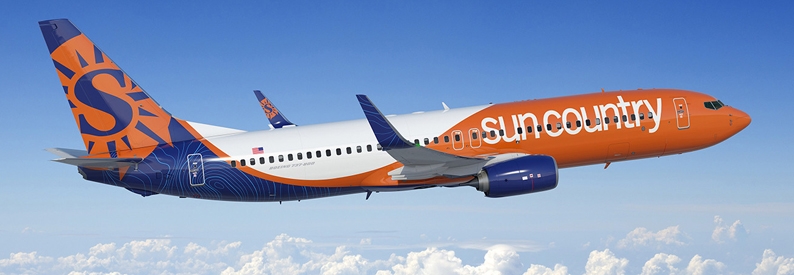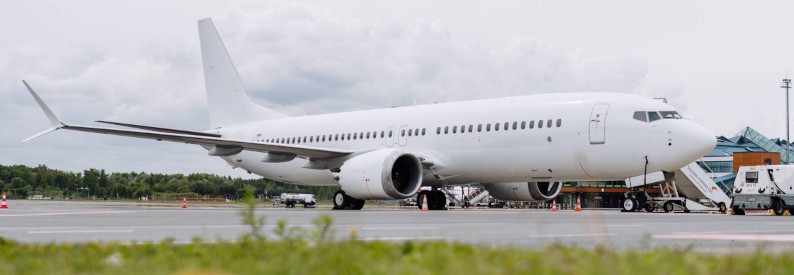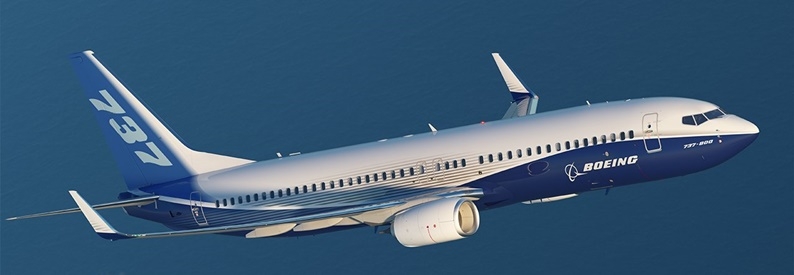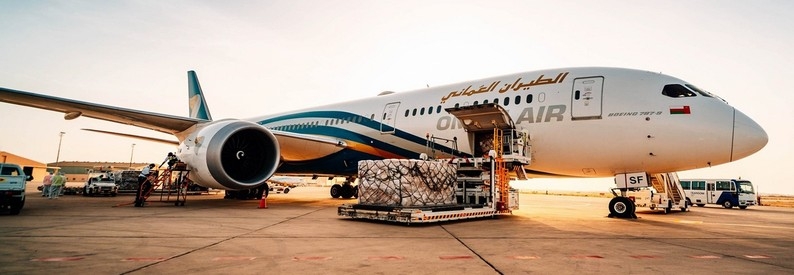Oman Air (WY, Muscat) will retire its remaining six B737-800s and four B737-900ERs by mid-2026 as it consolidates its fleet around B737-8s and B787s, CEO Con Korfiatis has said.
"We’ll then become a full B787 and B737 MAX operator. There’s going to be commonality and a single flight type within both the widebody and the narrowbody fleets," he told AeroTime.
The ch-aviation Commercial Aviation Aircraft Data module shows that the carrier's fleet currently comprises thirteen B737-8s (with five more on order from Boeing), seven B787-9s (with nine more due), and two B787-8s. It also operates four A330-200s and three A330-300s, all of which are under a long-term wet-lease contract with Qatar Airways (QR, Doha Hamad International) and will not be included in Oman Air's in-house operations.
Korfiatis said that while no new orders will be placed within the next 12 months, Oman Air expects to take three B787s and two B737-8s by the end of this year, and the remaining three B737-8s by mid-2025.
"We’ll also think about the future of our existing B787 fleet, particularly our -8s, because we’ve got two of those. We certainly will be keeping our -9s," he said.
Earlier this year, the government said Oman Air could shrink its fleet in line with its restructuring plans aimed at returning to profitability by 2027. Korfiatis, who most recently headed Saudi low-cost carrier flyadeal (F3, Jeddah International), was appointed to oversee Oman Air's reorganisation earlier this year with the focus on reducing unit costs, including through fleet consolidation.
Oman Air will continue to focus on a high-quality two-class product with no premium economy class for now, he added. He said that despite stiff competition in the region, the Omani carrier is already the leader in service quality and the cuts will not impact this aspect.
In terms of network, the airline has no plans to expand to the United States or Australia due to the range limitations of its B787s, but is keen to add services to China and expand its African network, currently limited to Cairo International, Dar es Salaam, and Zanzibar. It also sees opportunities for growth in Europe and South Asia, although Korfiatis prefers a "measured approach" and "a modest percentage growth" over a "shotgun announcement" of rapid expansion.
Even though the competition for connecting traffic via the Gulf hubs is already intense, Korfiatis sees an opportunity to capture more of this market. However, the main challenge for Oman Air and the government of Oman, which owns the airline, is to increase awareness of both the airline and the country. The country is trying to stimulate inbound tourism, and Korfiatis sees substantial potential in growing the share of traffic to and from Oman rather than just via in the coming years.
"They’re both very sizable segments. They’re both important to the airline. If we only had transit, it would not be enough and if we only had point-to-point, it also wouldn’t be enough," the CEO concluded.
